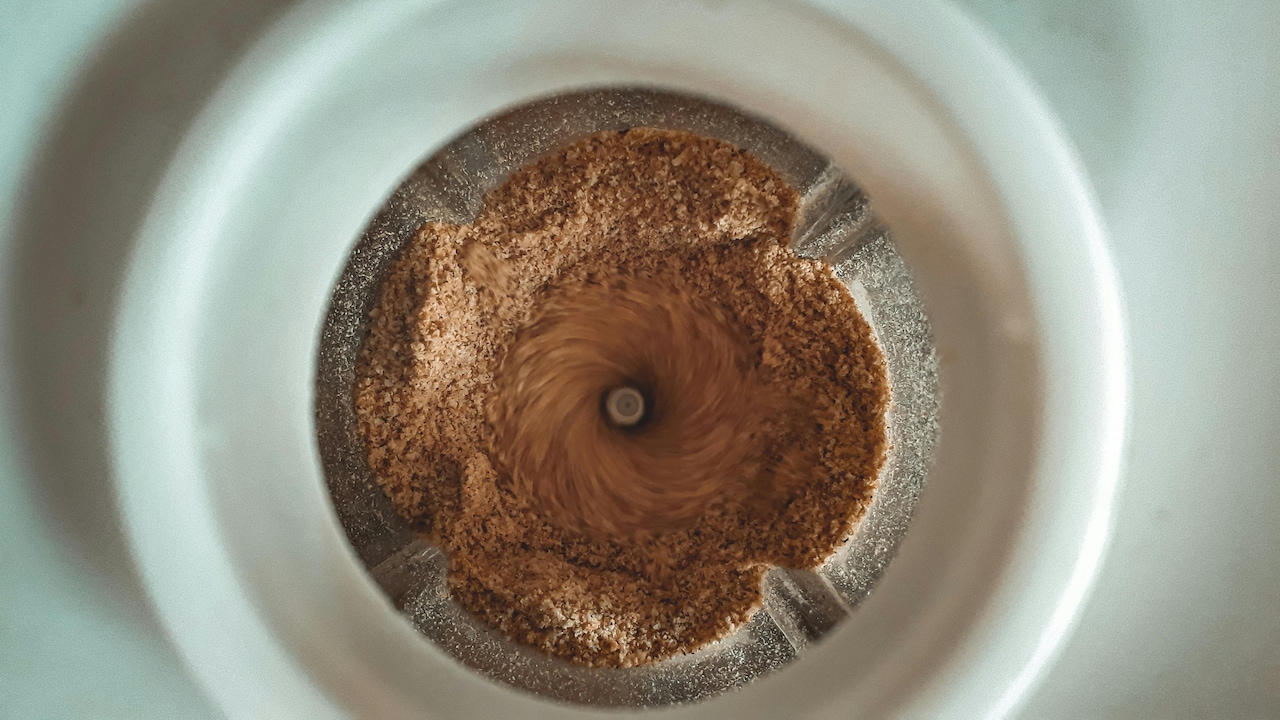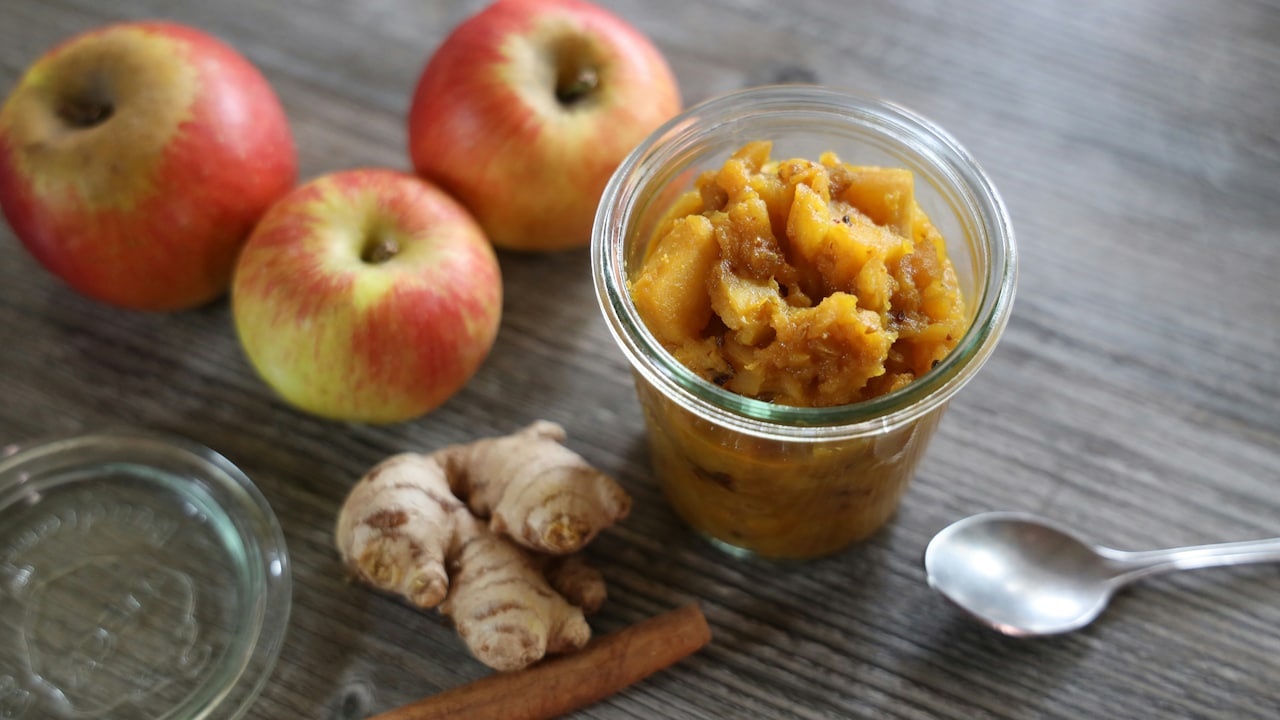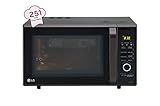Choosing The Right Mixer Grinder: 500W Or 750W | What Is Worth Your Money?
A kitchen without a mixer grinder feels incomplete. Is more power always better, or does it simply mean more electricity and expense? Let us break it down, blend facts with experience, and discover which one truly suits your home.

Choosing The Right Mixer Grinder: 500W Vs 750W - Understand Which One Truly Offers Better Performance.
There's a certain symphony in a bustling kitchen, the rhythmic hum of a pressure cooker, the sharp hiss of tadka, and somewhere in the background, the steady whir of a mixer grinder. From chutneys and masalas to smoothies and batters, it's the unsung hero that handles it all. But here's where the dilemma begins: should one go for a 500-watt mixer grinder or a 750-watt one? Check out the answer below as well as the top picks from Bajaj, Prestige, Wipro and more.

Higher wattage means better performance, but also more noise and slightly higher electricity usage.
Photo Credit: Pexels
At first glance, the numbers might seem like mere digits, but they define how efficiently your mixer performs. While the 500W model has been a household favourite for years, the newer, more powerful 750W versions promise better performance and durability. Yet, higher wattage doesn't always mean a better choice for every home.
Let's explore the subtle differences, real-life usability, and what truly matters before spending your hard-earned ₹3,000-₹6,000 on a kitchen companion that will either make or break your cooking flow.
Also Read: How To Organise A Small Kitchen On A Budget: Smart Storage Ideas
500-watt Mixer Grinder Vs 750-watt Mixer Grinder: Which Is Better
1. Understanding Wattage: What Does It Really Mean?
Before diving into comparisons, it's worth understanding what “wattage” actually represents. In simple terms, wattage indicates the motor's power output, the higher it is, the more strength your mixer has to grind tougher ingredients. But it's not just about raw strength; efficiency and consistency matter too.
A 500W mixer is typically designed for light to moderate grinding tasks, think chutneys, purees, and soft pastes. A 750W mixer, on the other hand, is built to tackle tougher jobs like idli batter, dry masala grinding, or blending fibrous vegetables.
It's easy to assume that more watts equal better performance, but it's more about matching the motor's power to your cooking habits. For instance, someone who cooks elaborate meals daily might feel the need for a 750W, while smaller families or occasional cooks may find a 500W more than adequate.
2. Everyday Usage: The Real-Life Kitchen Test
When the day starts with the aroma of fresh filter coffee and ends with a comforting curry, a mixer grinder often works overtime. The real question isn't how powerful the motor is, it's how well it fits into your routine.
For most households, daily tasks include grinding fresh coconut chutney, tomato puree, or masala paste. A 500W mixer handles these effortlessly. But if the family loves dosas, homemade spices, or nut-based gravies, a 750W version will save both time and effort.
It's like comparing a compact hatchback to a powerful SUV, both can take you places, but one's built for short city drives while the other conquers rougher roads. A 500W mixer is dependable and convenient for small-scale cooking, but if you're often experimenting with tougher ingredients, a 750W model is a better long-term ally.
3. Grinding Performance and Speed
The heart of a mixer lies in how smoothly and quickly it grinds. While both 500W and 750W grinders perform well, the difference becomes evident when tackling hard ingredients like turmeric, dry chillies, or soaked rice.
A 750W motor offers faster RPM (rotations per minute), meaning the blades spin quicker, creating a smoother paste in less time. The result? Finer textures and fewer lumps. Meanwhile, a 500W model, though slower, can still deliver great results for softer ingredients, it just takes a bit longer and may require smaller batches.
In busy kitchens where time is precious, the extra wattage pays off. But if your recipes lean toward simpler dishes, the slower pace of a 500W model won't make much difference. After all, a perfectly ground coconut chutney doesn't need brute strength, just a steady hand and a patient blend.

Choosing a mixer grinder must be based on your cooking habits
Photo Credit: Pexels
4. Durability and Motor Life
A strong motor isn't just about speed, it's about endurance. When it comes to durability, the 750W mixer generally takes the lead. Its motor is designed to handle prolonged grinding without overheating, making it more resilient for heavy-duty use.
500W mixers, while reliable, can struggle with long grinding sessions, especially with hard ingredients. Over time, frequent overuse can strain the motor, reducing its lifespan. However, with proper care, like giving it rest between runs and avoiding overloading, the 500W variant can serve you faithfully for years.
So, the choice again circles back to usage patterns. For homes where cooking is an everyday ritual involving thick batters and spice blends, investing in a sturdier 750W mixer ensures longevity. But if your grinding needs are modest, there's no reason to overspend on power you may rarely use.
5. Power Consumption and Electricity Bills
Higher wattage often raises a common concern: “Will it increase my electricity bill?” The answer is, not significantly, but yes, a little.
A 750W mixer naturally consumes more power because of its stronger motor. However, it also completes grinding tasks faster, which can offset the extra consumption. A 500W model uses less electricity per minute but may run longer to achieve similar results.
To put it in perspective, a 750W mixer used for 10 minutes a day might add around ₹20–₹30 per month to your electricity bill, depending on local rates. That's roughly equivalent to a cup of roadside chai, a small price for efficiency if you grind frequently.
For households conscious about energy savings, the 500W remains a practical and economical option. But if speed and performance matter more, the slightly higher bill is a fair trade-off.
6. Noise Levels and Heat Management
Noise can be an unexpected deal-breaker. Anyone who has used a 750W mixer early in the morning knows that it can roar like a scooter in full throttle. Stronger motors often generate more noise and heat due to their higher RPM.
500W mixers, on the other hand, tend to run quieter and cooler, making them better suited for peaceful mornings and smaller kitchens.
However, most 750W models now come with advanced ventilation systems to manage heat and maintain performance. It's a small trade-off, more sound for more power, but it's one worth considering if you share walls with light sleepers or prefer calm mornings.
7. Jars, Blades and Versatility
While wattage is crucial, accessories make a big difference too. A good mixer isn't just about the motor, it's about the jars and blades that do the actual work.
500W mixers usually come with two or three jars: one for wet grinding, another for dry spices, and a small chutney jar. 750W mixers often include an additional juicer jar or a larger wet-grinding jar, ideal for bigger batches.
The blades in a 750W model are typically thicker and sharper to handle tougher ingredients. So, if you're someone who enjoys making smoothies, nut butter, or dosa batter for the whole family, the 750W option gives you more room to experiment. But for basic daily cooking, the standard jars of a 500W unit do the job beautifully.
8. Price And Value For Money
Let's talk numbers. A decent 500W mixer costs around ₹2,500-₹4,000, while a 750W mixer can range from ₹5,000-₹7,500 or more, depending on the brand and features.
The price gap may seem steep, but the investment pays off if you use your mixer extensively. A 750W model offers faster results, higher capacity, and often longer warranty coverage. However, spending extra on wattage you rarely use might not make sense.
For small families or minimal users, the 500W variant offers fantastic value. It's affordable, energy-efficient, and easy to maintain. But if cooking is your creative playground, the 750W model feels like an upgrade that brings joy to every recipe.

Both options are reliable, but the 750W model provides more versatility, durability, and long-term value.
Photo Credit: Unsplash
9. Maintenance And Ease Of Use
Both 500W and 750W mixers are relatively low-maintenance, but their size and design differ slightly. The 500W models are lighter, compact, and easy to handle, perfect for smaller kitchens or elderly users who prefer convenience over capacity.
The 750W mixers, though bulkier, are built sturdier. They require a bit more counter space and may feel heavier, but their robust build ensures stability during heavy grinding. Regular cleaning, checking jar seals, and avoiding overloading are simple habits that extend their lifespan.
Ultimately, whether it's a 500W or a 750W, the key lies in treating your appliance like a kitchen companion rather than a machine. Gentle use, timely cleaning, and a bit of care go a long way.
Which One Should You Choose?
Choosing between 500W and 750W isn't about which is better universally, it's about which is better for you.
If your daily cooking involves light grinding, simple masalas, and occasional blending, the 500W mixer is perfect. It's budget-friendly, compact, and more than capable for everyday needs. But if your kitchen hums with activity, with dosa batters, spice mixes, and smoothies on repeat, then the 750W mixer is your match.
It's a bit like choosing between a bicycle and a motorbike, both get you there, but the experience differs. The 500W wins on practicality and efficiency; the 750W triumphs on power and speed.
Whichever you choose, remember, it's not the wattage that defines great cooking, but the love, flavour, and effort you pour into every dish.
Products Related To This Article
1. Crompton Ameo 500W Mixer Grinder with Powertron Motor
2. Bajaj GX-1 Mixer Grinder 500W
3. Prestige 500 Watts Apex Mixer Grinder with 3 Stainless Steel Jars
4. Philips HL7756/01 750 Watt Mixer Grinder
5. Wipro Elato FMG208 800 Watt Mixer Grinder with 3 Jars
6. Cadlec JarGenie 4 Jar 750 Watt Mixer Grinder
A mixer grinder isn't just another appliance, it's a silent partner in the daily rhythm of home cooking. Whether it's the gentle hum of a 500W model or the powerful whirl of a 750W beast, each has its place in the kitchen.
So, before picking one, think about your cooking style, family size, and the kind of recipes that bring joy to your table. Power is important, yes, but the best mixer grinder is the one that blends seamlessly into your life, not just your ingredients.
























